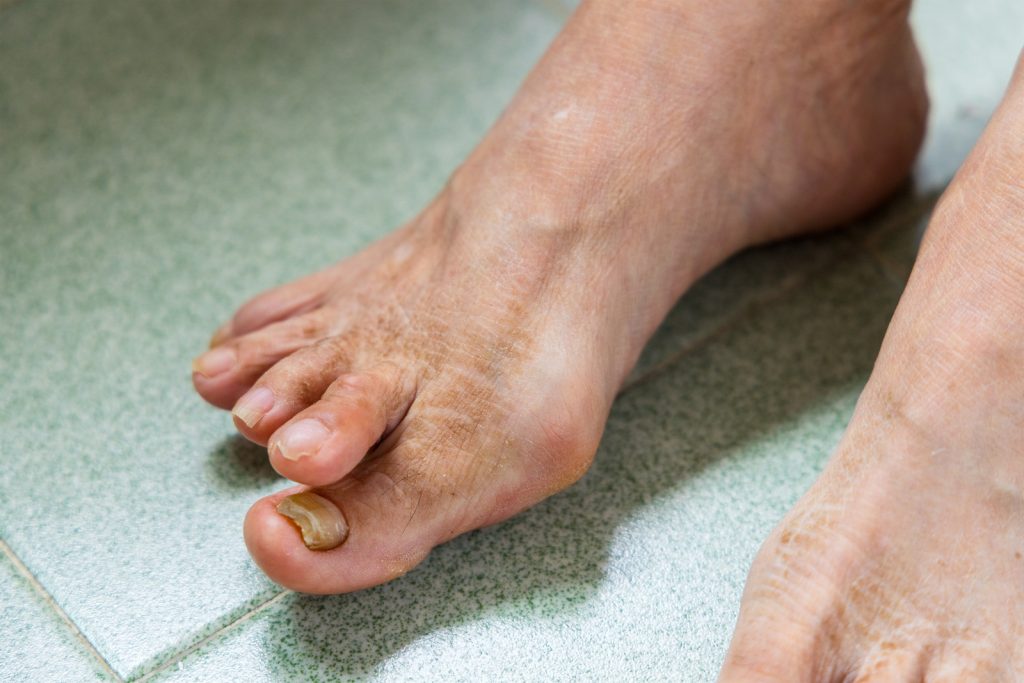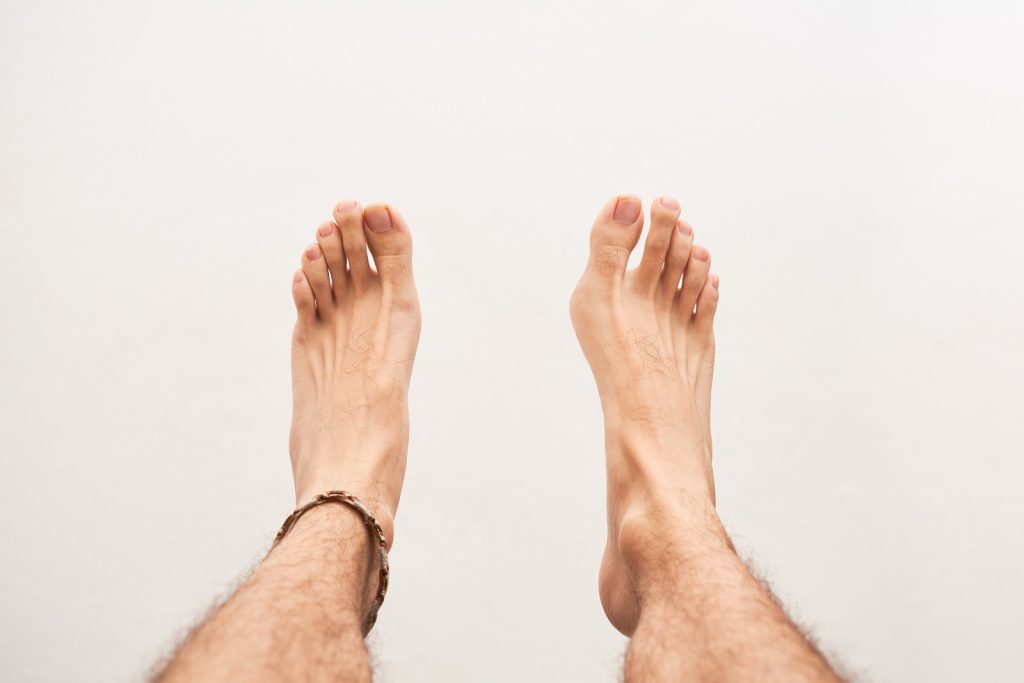Bunion Toes
Bunion toes, also known as hallux valgus, are a common foot deformity where a bony bump forms on the joint at the base of the big toe. This condition occurs when the big toe pushes against the next toe, forcing the joint of the big toe to get bigger and stick out. Over time, the pressure on this joint causes the bones to misalign, resulting in the characteristic bump. Bunions can be painful and can make it difficult to wear shoes and walk comfortably.
Symptoms of Bunion toes
Common symptoms of bunions include:
- Pain and Tenderness: Persistent pain or tenderness around the big toe joint, especially when wearing shoes.
- Swelling and Redness: Inflammation around the affected area, which can become red and swollen.
- Bump Formation: A visible bump on the outside of the base of the big toe. 4. Restricted Movement: Limited movement in the big toe, leading to difficulty in walking or performing daily activities.
5. Corns and Calluses: These may form where the toes rub against each other or against shoes.

Causes of Bunion toes
Bunions develop due to a combination of genetic and lifestyle factors:
- Genetics: A hereditary predisposition can play a significant role in the development of bunions. If other family members have bunions, there is an increased likelihood of developing them. This genetic link can influence the shape and structure of the foot, making some individuals more prone to bunions.
- Foot Structure: Abnormal foot mechanics, such as flat feet or overly flexible ligaments, can contribute to the formation of bunions. Flat feet cause the arches to collapse, altering the alignment and distribution of weight across the foot, leading to increased pressure on the big toe joint. Similarly, overly flexible ligaments can result in an unstable joint, making it more susceptible to deformities like bunions.
- Footwear: Wearing tight, narrow shoes or high heels can exacerbate the condition by placing excessive pressure on the big toe joint. High heels shift the body’s weight forward, forcing the toes into the front of the shoe, which can push the big toe inward and create or worsen a bunion. Shoes that do not provide adequate room for the toes can also contribute to the misalignment of the big toe joint.
- Arthritis: Conditions such as rheumatoid arthritis can lead to joint deformities, including bunions. Rheumatoid arthritis causes inflammation of the joints, which can weaken the joint structures and alter their alignment. This chronic inflammation can make the joints more prone to developing bunions over time.
- Injury: Trauma or injury to the foot can alter its structure and lead to bunion formation. Injuries that affect the bones, ligaments, or tendons of the foot can change the normal alignment and biomechanics, potentially causing or exacerbating bunions.
- Occupational Factors: Jobs that require long periods of standing or walking can increase the risk of developing bunions due to prolonged pressure on the feet. Occupations that involve repetitive motion or standing for extended durations put continuous stress on the feet, which can contribute to the development of bunions over time.
Treatment We Offer
Treatment options for bunions aim to relieve pain and prevent the condition from worsening:
- Footwear Modifications: Wearing comfortable, well-fitting shoes with a wide toe box to reduce pressure on the bunion. This simple change can significantly decrease discomfort by allowing more room for the toes and preventing the big toe from being pushed inward.
- Padding and Taping: Using bunion pads or moleskin to cushion the area and taping the foot to help align the toes correctly. Padding helps protect the bunion from friction and pressure, while taping can support the foot’s natural alignment and reduce strain on the big toe joint.
- Orthotic Devices: Custom orthotic inserts can help support the foot, reduce discomfort, and prevent further progression of the bunion. These inserts can be tailored to an individual’s specific foot structure, providing the necessary support to redistribute pressure away from the bunion.
- Medications: Over-the-counter pain relievers or anti-inflammatory medications can help manage pain and swelling. Nonsteroidal anti-inflammatory drugs (NSAIDs) are commonly used to reduce inflammation and alleviate pain associated with bunions.
- Physical Therapy: Exercises to strengthen the foot muscles and improve joint mobility can provide relief. A physical therapist can design a personalized exercise program to enhance flexibility, strengthen the muscles around the big toe joint, and improve overall foot mechanics.
6. Surgical Options: In severe cases, surgical procedures such as a bunionectomy may be necessary to realign the bones, remove the bump, and restore normal foot function. Surgery is typically considered when conservative treatments fail to provide relief or when the bunion significantly impacts daily activities and quality of life. Various surgical techniques are available, and the choice of procedure depends on the severity of the bunion and the patient’s specific needs.

Preventive measures can help reduce the risk of developing bunions:
- Choose Proper Footwear: Wear shoes that fit well, have a wide toe box, and provide adequate support.
- Avoid High Heels: Limit the use of high-heeled shoes to reduce pressure on the toes. 3. Maintain a Healthy Weight: Excess weight can put additional stress on the feet and contribute to bunion formation.
- Practice Foot Exercises: Regularly perform exercises that strengthen the foot muscles and maintain flexibility.
Contact us
Feel free to book an appointment with Dr. Burhan for expert consultation and personalized care. Whether you are dealing with bunions, heel spurs, or any other foot-related issues, Dr. Burhan provides comprehensive evaluations and tailored treatment plans to help you achieve optimal foot health. Don’t let foot pain hold you back – schedule your consultation today to take the first step towards relief and improved mobility.


